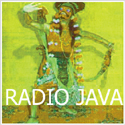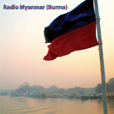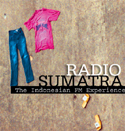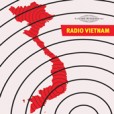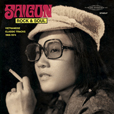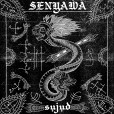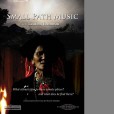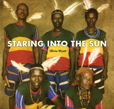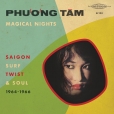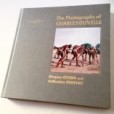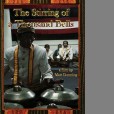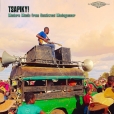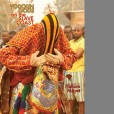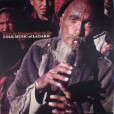Your basket is empty

Dangdut, keroncong, jaipongan, rock, pop, disco, as well as theatre, commercials, DJs, news snippets, and other broadcast bits and pieces.
Assorted strange and beautiful pop, folk, and classical music styles — intercut with bits of broadcast staples like synth ballads, hip-hop jingles, and internationally popular songs re-recorded in Burmese.
Pop, pissed-up sages, shout-outs to the missus, comedy skits intercut with Zarma string-playing, Denke-denke mollo from Burkina Faso, Malian kora, the Koran, Bori folk, Tuareg guitar, bits of BBC news…
Dangdut, melayu, gambus, punk, rap, psych, Islamic folk, you name it; with snatches of news, karaoke call-ins, ads, prayers and US-style station-IDs.
‘Every song is a mini-masterpiece, be it heavy acid rock psychedelia, horn and guitar drenched funk grooves, or gripping soul ballads reflective of life during wartime.’
‘The basic theme of the record can be summed up with one extremely powerful Bahasa Indonesian word, Tanah, which translates as ‘soil-ground-land-earth’. Shabara’s vocals are an expressive force, conjuring spirits from the soil with a deep, cosmic humility and respect for the land.
‘Suryadi has built a new guitar for these tracks and pushes the Senyawa sound into new territory, utilizing delay, loops, and other effects to constitute groundings of folk, metal, punk and drone, for Shabara to explore with his whispered poetry and jagged, sharp-as-a-kris animistic powers. There is simply no other sound like it.’
A miraculous bouquet of gagaku, shakuhachi, shamisen, storytelling, folksong and more, including the first commercial recordings in Asia.
Unflinching yet freewheeling and wildly poetic, Olivia Wyatt’s visually stunning film of thirteen Ethiopian tribes, complemented by a 136-page book of Polaroids and a CD of field recordings.
‘Wild ecstatic vocals, distorted electric guitars, rocket bass, and an amphetamine beat! Unlike anything else, this is THE high life music you’ve always wanted — ceremonial music played with abandon and extreme intent, honoring the living and dead alike.
‘In Toliara and its surrounding region, funerals, weddings, circumcisions and other rites of passage have been celebrated for decades in ceremonies called mandriampototse. During three and seven days, cigarettes, beer and toaky gasy (artisanal rum) are passed around while electric orchestras play on the same dirt floor as the dancing crowds and zebus. Locally and even nationally renowned bands play their own songs on makeshift instruments, blaring through patched-up amps and horn speakers hung in tamarind trees, projecting the music kilometers away. Lead guitarists and female lead singers are the central figures of tsapiky.
‘What results during these ceremonies is unclassifiable music of astonishing intensity and creativity, played by artists carving out their own path, indifferent to the standards of any other music industry: Malagasy, African or global.’
Precious witness to the dying musical traditions of Ladakh, high in the Western Himalayas, for centuries a hub of the Silk Road to India, Tibet, and Kashmir.
